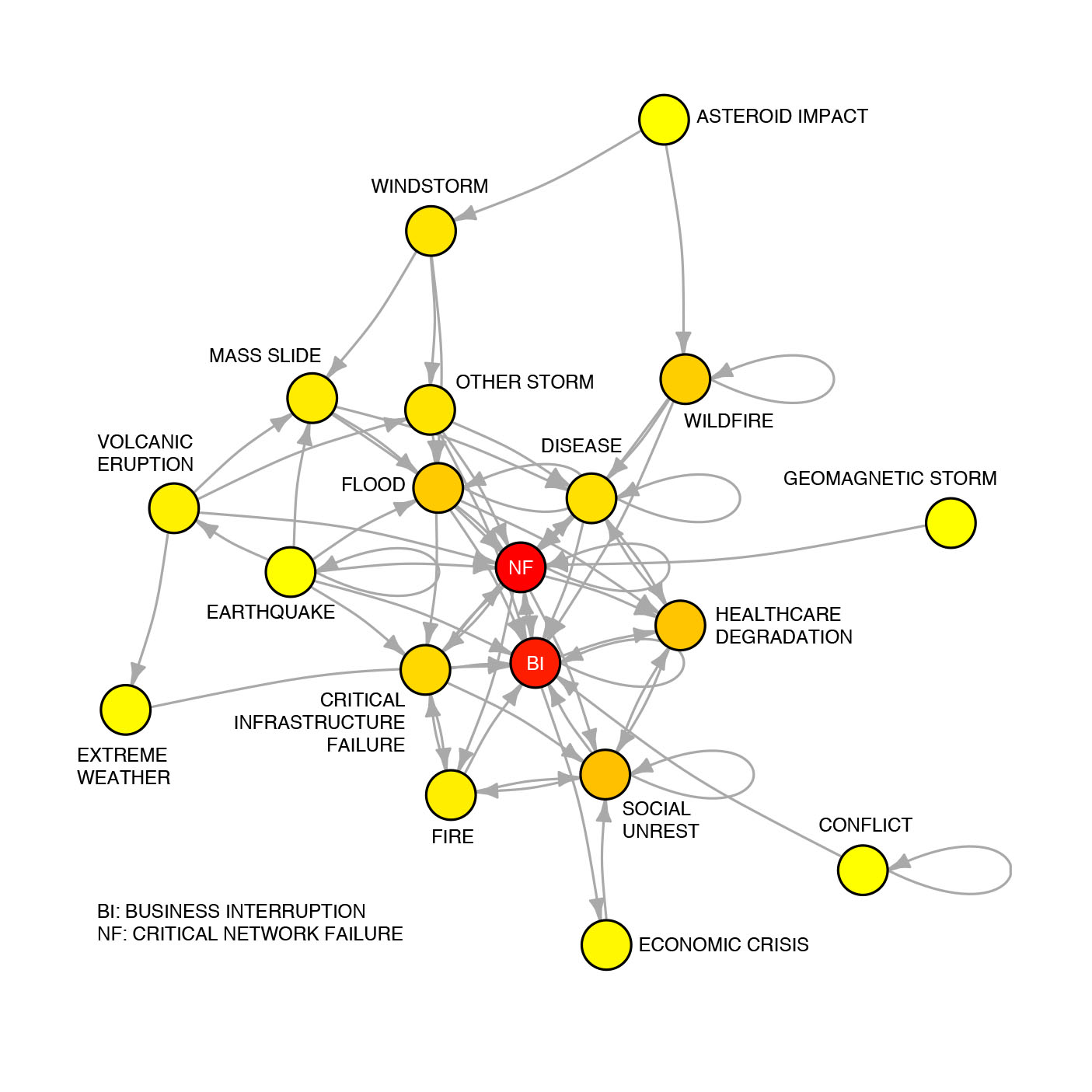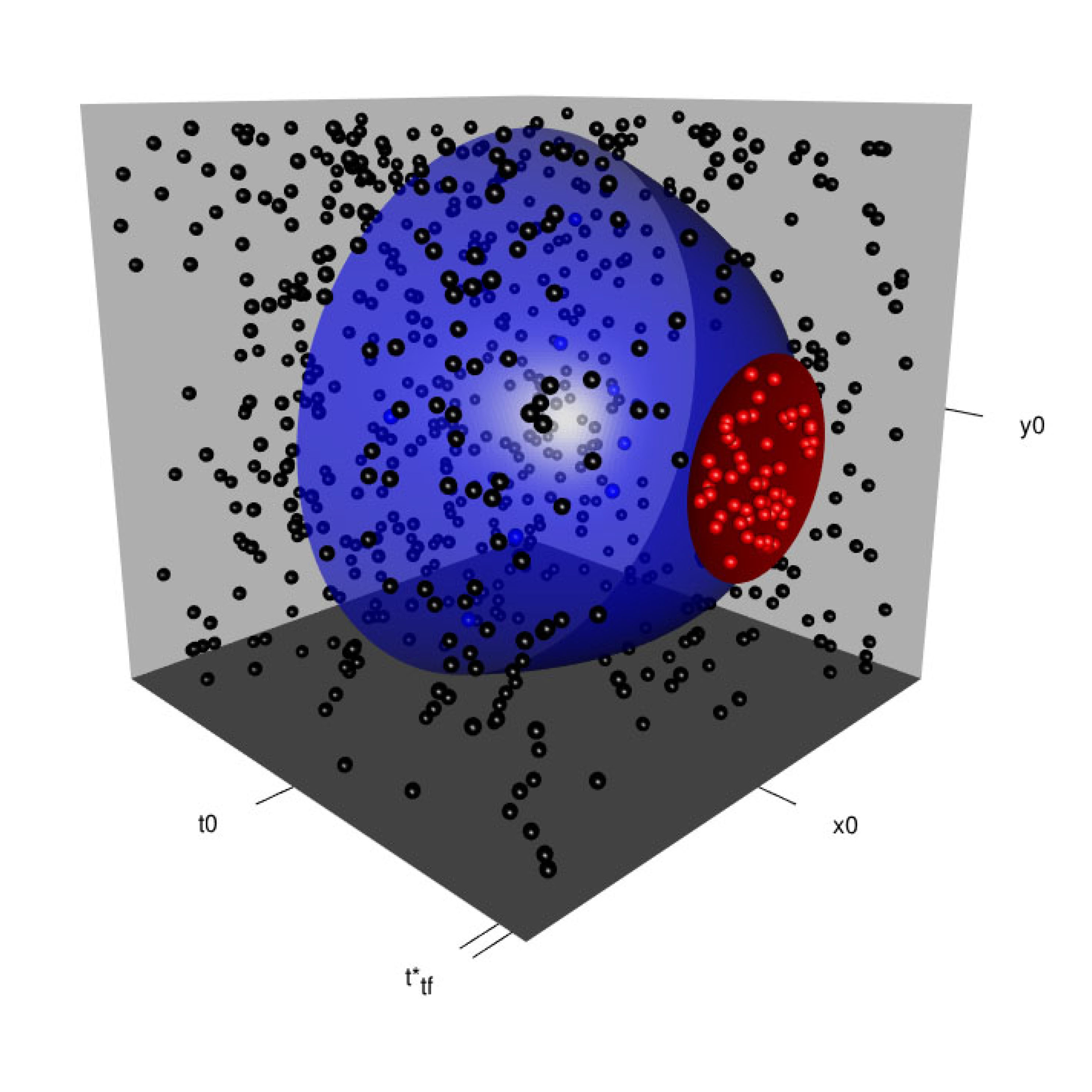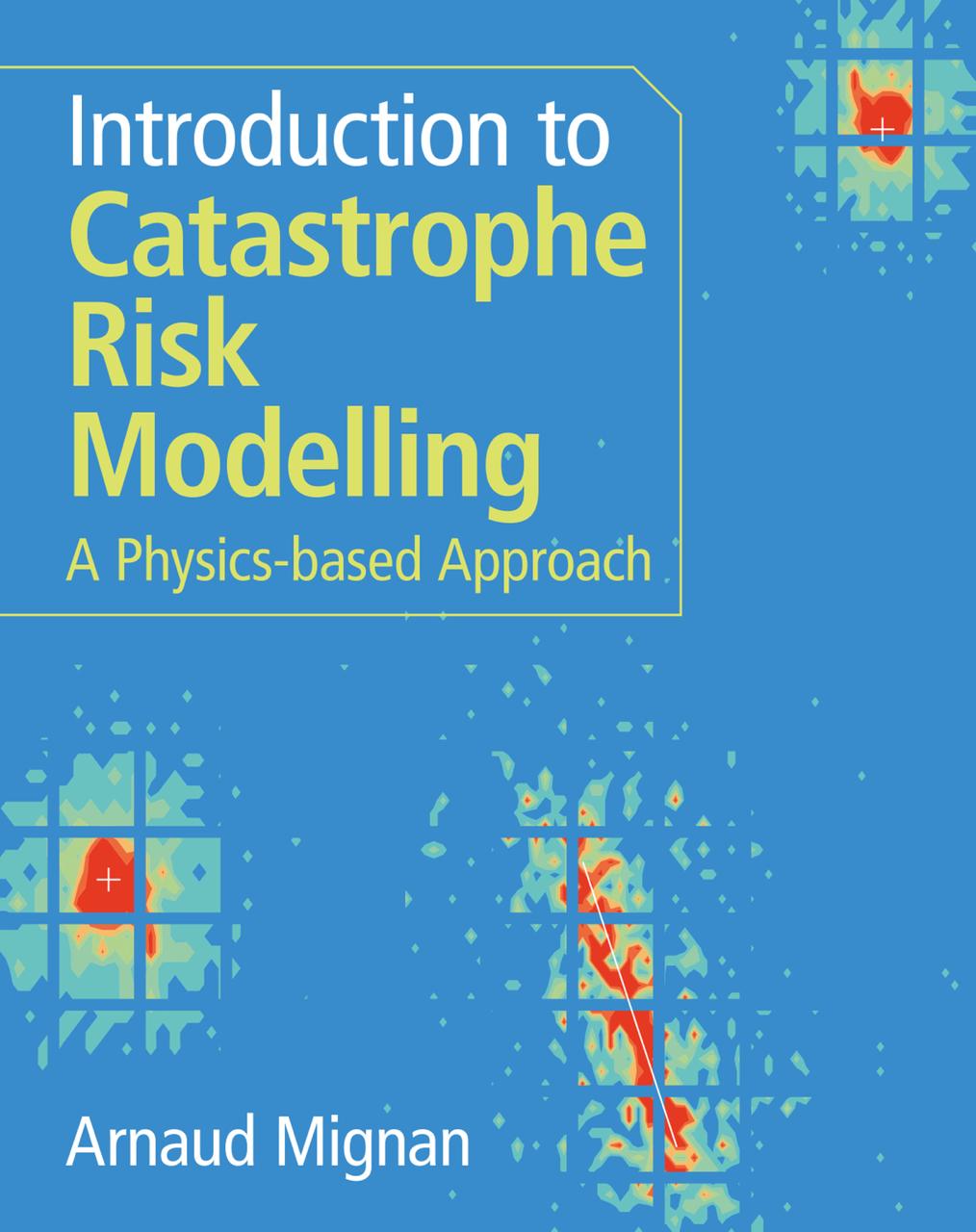R&D Portfolio
Dr. Arnaud Mignan is a renowned expert in catastrophe risk assessment, who has worked at leading firms and institutes in London, Zurich, and Shenzhen over the past two decades. He developed innovative models while at Risk Management Solutions and catastrophic domino-effect models – featured in a national newspaper and Euronews – while at the Swiss Federal Institute of Technology (ETH Zurich). Later, as an Associate Professor at the Institute of Risk Analysis, Prediction and Management (Risks-X), established by the Southern University of Science and Technology (SUSTech), and as a Guest Professor at the ETH Risk Center, he crafted the course 'Introduction to Catastrophe Risk Modelling'. Since 2023, he is CEO of Mignan Risk Analytics GmbH and acts as a leading specialist for the World Bank.
His main research interests include catastrophe (CAT) modelling, risk governance, peril forecasting, and risk-energy trade-off optimisation. In the context of CAT risk assessment, these focus on cascading-effect and system dynamics modelling. Arnaud provides risk consulting services to public institutions and private companies via his firm, Mignan Risk Analytics GmbH.
Publications
Arnaud Mignan is the author of the 2025 textbook ' Introduction to Catastrophe Risk Modelling - A Physics-based Approach', published by Cambridge University Press.
Focusing on the physics of the catastrophe process and addressed directly to advanced students, this innovative textbook quantifies dozens of perils, both natural and man-made, and covers the latest developments in catastrophe modelling. Combining basic statistics, applied physics, natural and environmental sciences, civil engineering, and psychology, the text remains at an introductory level, focusing on fundamental concepts for a comprehensive understanding of catastrophe phenomenology and risk quantification. A broad spectrum of perils are covered, including geophysical, hydrological, meteorological, climatological, biological, extraterrestrial, technological and socio-economic, as well as events caused by domino effects and global warming. Following industry standards, the text provides the necessary tools to develop a CAT model from hazard to loss assessment. Online resources include a CAT risk model starter-kit and a CAT risk modelling 'sandbox' with Python Jupyter tutorial. Every process, described by equations, (pseudo)codes and illustrations, is fully reproducible, allowing students to solidify knowledge through practice.
For the full list of Arnaud's publications, go here.
In the Media
• Katastrophaler Dominoeffekt, interview for Tages Anzeiger, 23 January 2017
• Imagining the worst for Europe’s
riskiest assets, interview for Euronews, Futuris series, 2 May 2016
Projects
List of projects per domain of research. Project pages under construction, please visit again later.

Catastrophe Dynamics
Multi-risk, accumulation risk, super-catastrophes & other extreme events

Energy Security
Risk mitigation strategies for critical infrastructures

Earthquake Prediction
Physics & statistics of earthquake precursors, Solid Seismicity Theory
GitHub Repositories
List of GitHub repositories categorised following the History-Risk-Prediction motto (hist/risk/pred). The History section collects landmark
catastrophe models and provides meta-analyses & literature reviews while the Risk section provides innovative CAT risk (sub-)models and the Prediction section innovative
forecasting tools.
hist_CF_inducedEQ: Data mining strategy to extract seismic hazard parameters from a literature review of induced seismicity
characteristics in the geothermal context (Mignan et al., Energies, 2021). Includes original and enhanced data tables.
hist_EQ_precursors: Data tables used for meta-analyses of earthquake precursor articles (Mignan, Tectonophys., 2011;
Sci. Rep., 2014; J. Seismol., 2019; Mignan & Broccardo, Seismol. Res. Lett., 2020)
hist_GC_systemdynamics: Reproduction of Forrester's World2/World3 models of civilisational collapse
risk_EQ_extremes: Multi-segment rupture algorithm (Mignan et al., Seismol. Res. Lett., 2015)
pred_EQ_aftershockXYZ: Reproduction of the 2018 Harvard/Google Nature deep learning
study to predict the spatial distribution of aftershocks and testing of simpler Machine Learning approaches (Mignan & Broccardo, IWANN, 2019)
- would later lead to Mignan & Broccardo (Nature, 2019)
List of R package tutorials
rseismNet: Earthquake Frequency-Magnitude Distribution & Network Statistics, including the Bayesian Magnitude of Completeness
(BMC) method (e.g., Mignan et al., 2011)
rseismTLS: Induced Seismicity Traffic Light System, both frequentist & Bayesian approaches (Mignan et al., 2017; Broccardo
et al., 2017)
